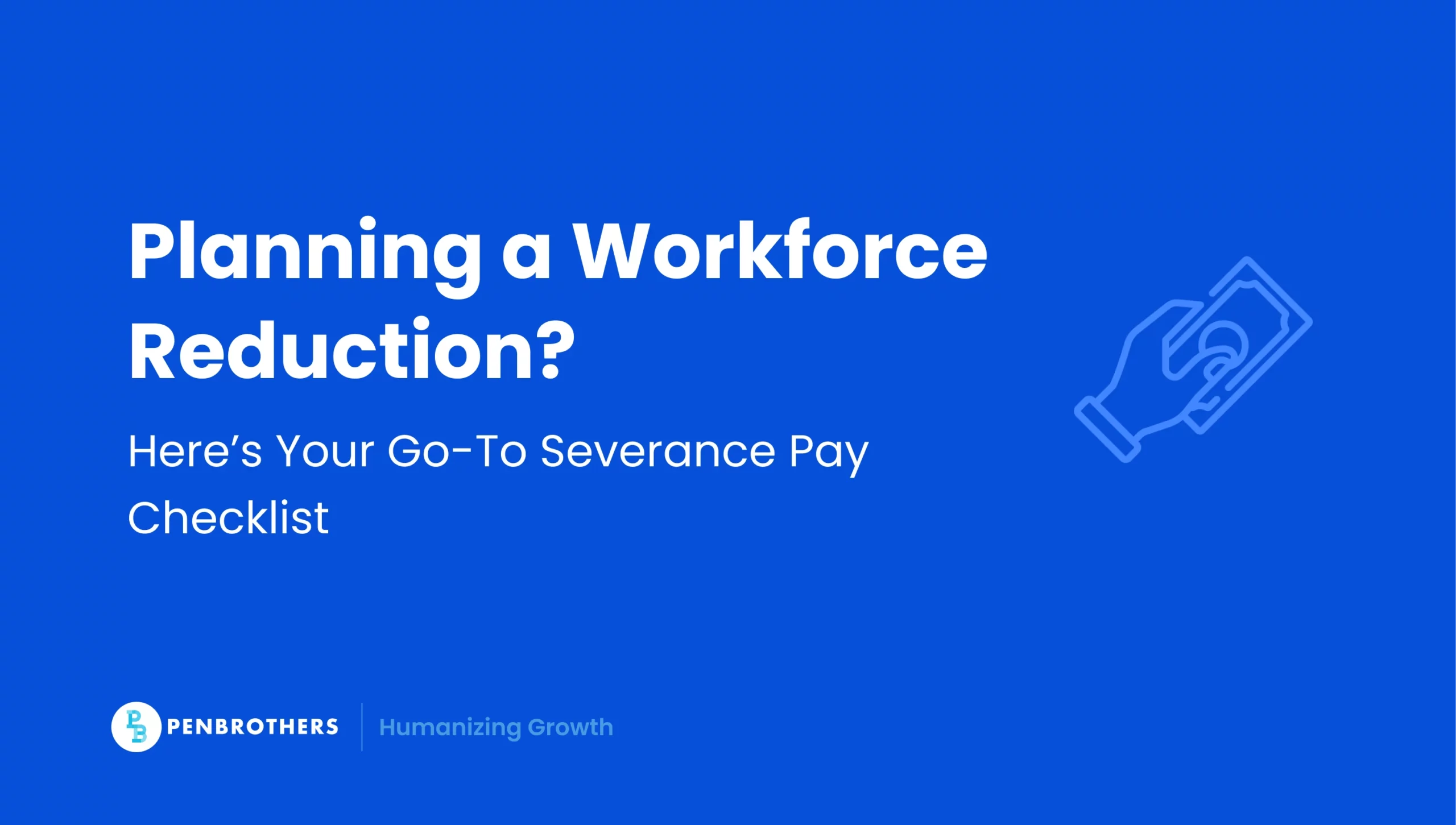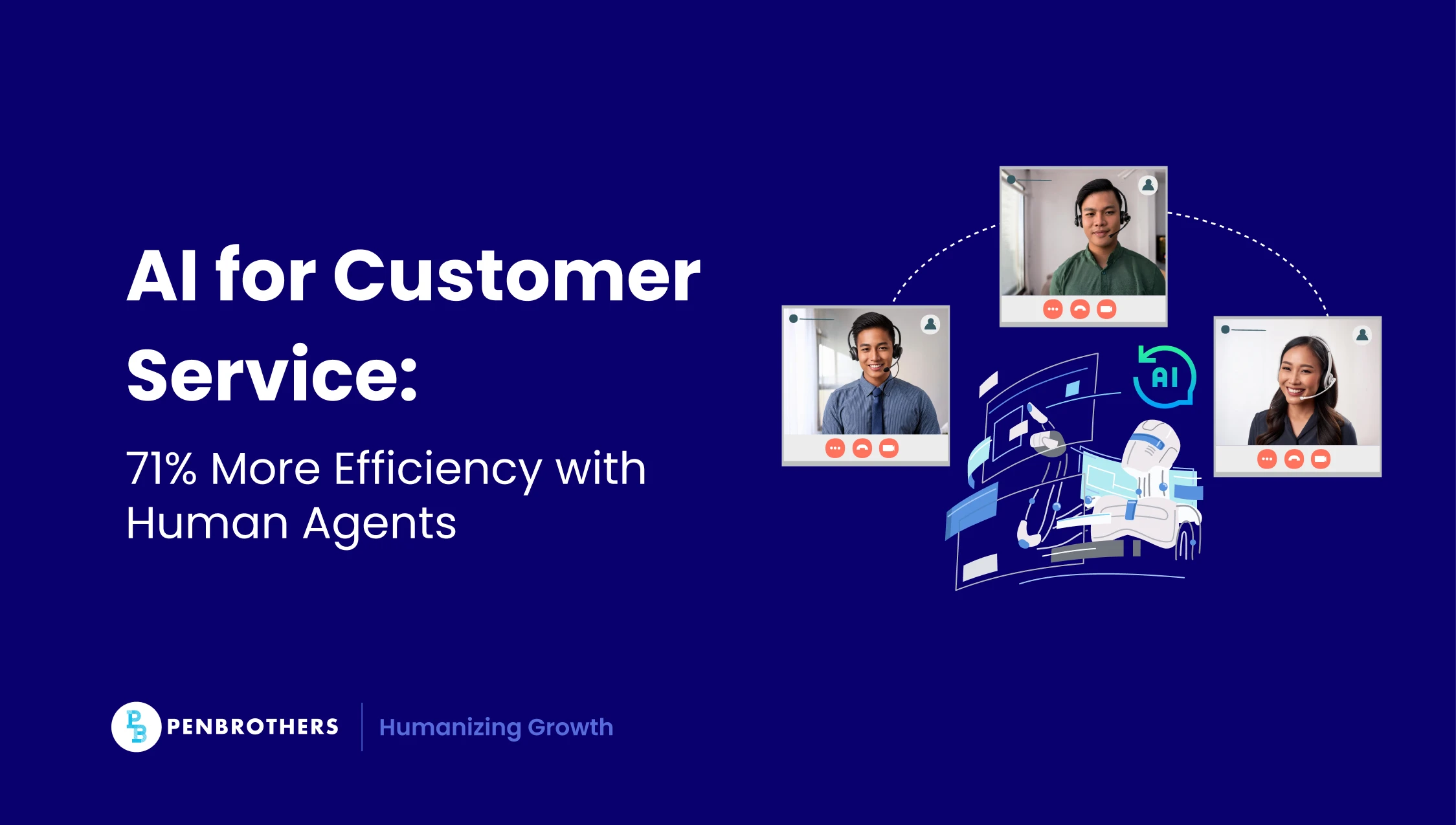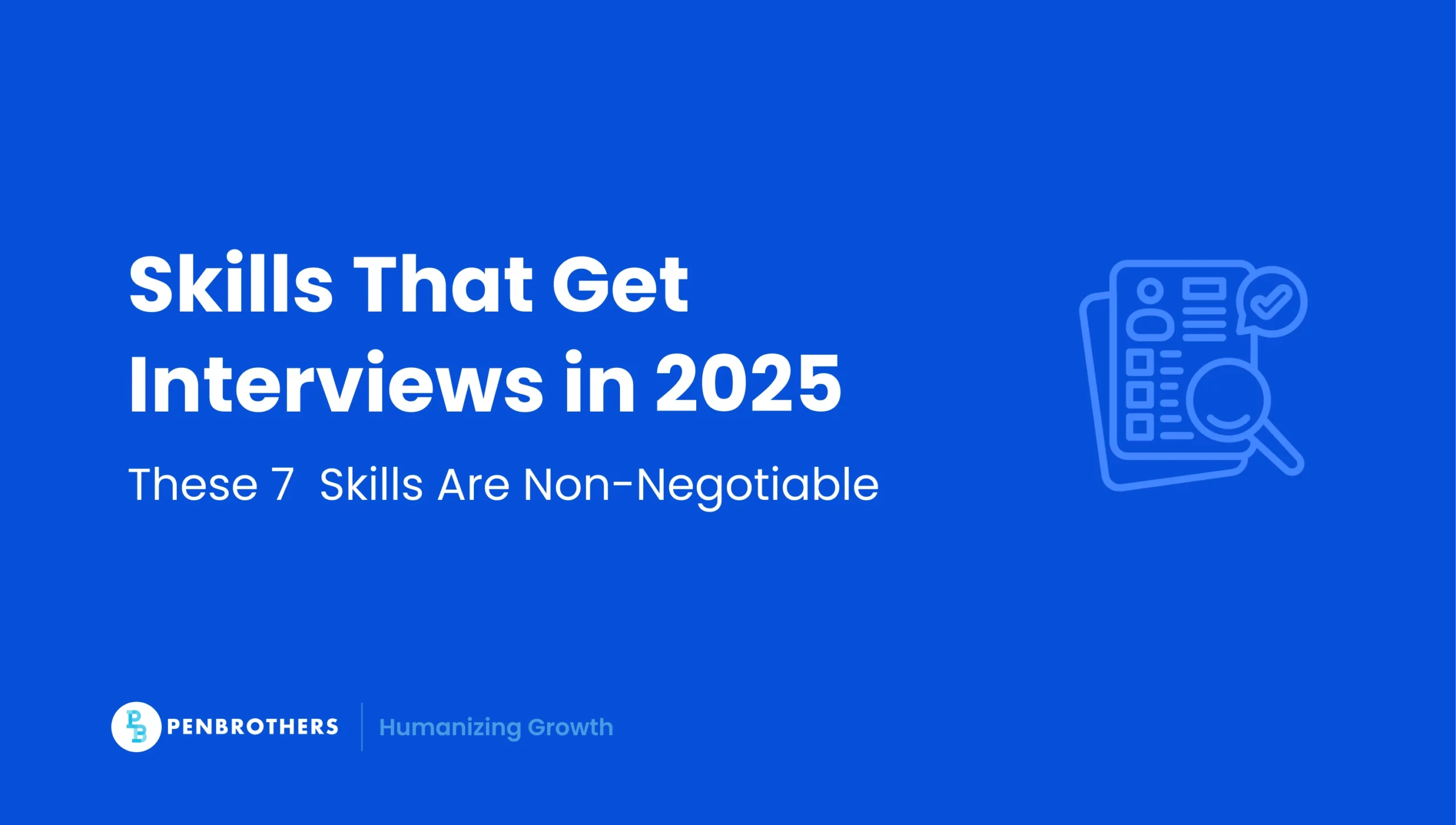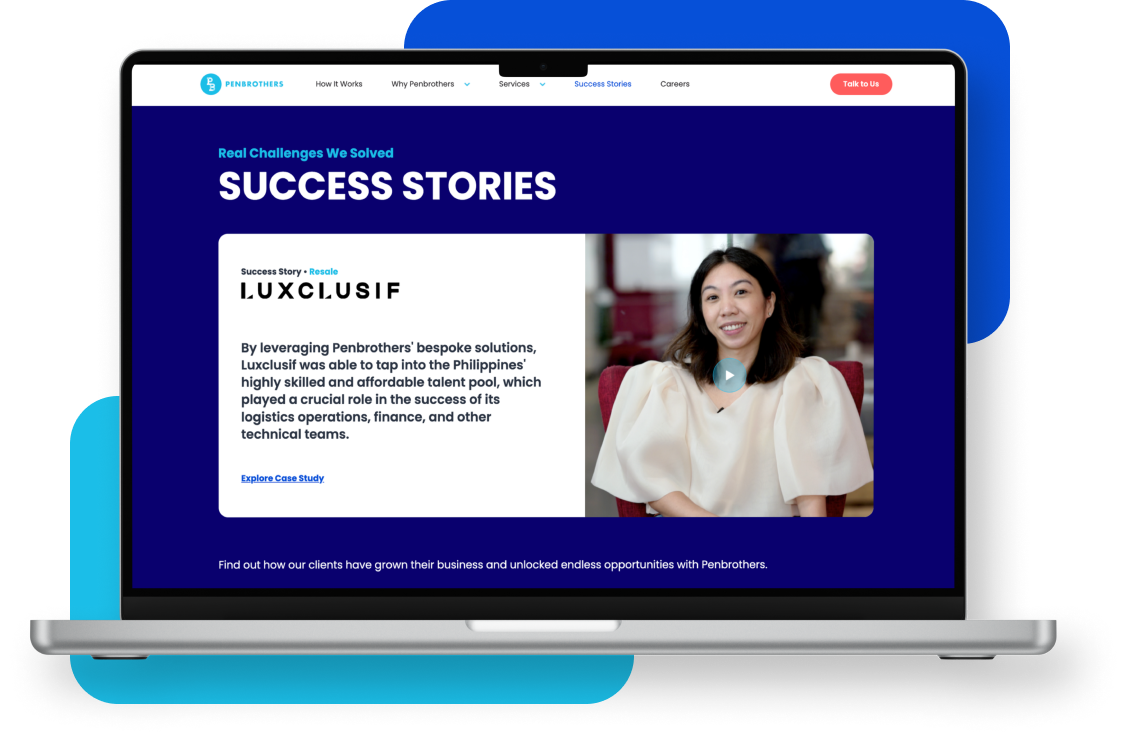What's Inside?
How to Hire a Video Editor Who Elevates Your Brand Story
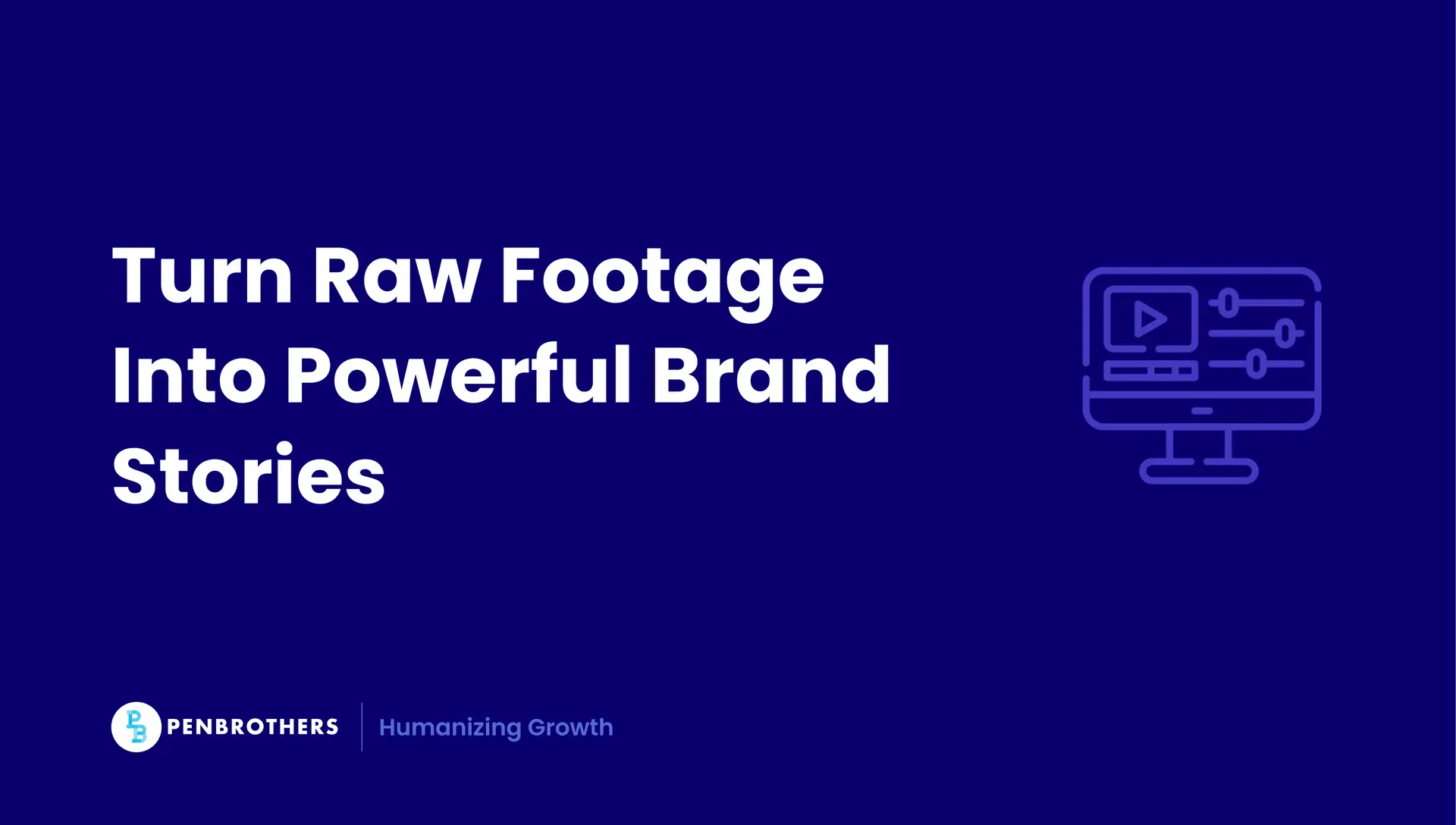
You’ve got hours of footage, webinars, interviews, behind-the-scenes clips but the videos still fall flat. The issue isn’t editing speed; it’s alignment. A great video editor doesn’t just cut clips, they understand your brand’s tone, story, and audience.
The right hire amplifies your message, not just executes tasks. Finding that kind of editor takes strategy, not just software skills.
What a Video Editor Really Does (Beyond Cutting Clips)
To avoid hiring mistakes, it helps to map the full scope of what a strong video editor brings to your table.
Core functions beyond trimming:
- Narrative & pacing decisions: choosing which clips to keep, ordering sequences, determining rhythm
- Audio work & sound design: balancing levels, adding ambience, fixing audio issues
- Color correction / color grading: making visual storytelling consistent and emotive
- Motion graphics & simple animations: lower-thirds, transitions, overlays
- Visual brand consistency: logos, typography, visual style rules
- Versioning across formats: adapting for YouTube, Instagram reels, TikTok, LinkedIn
- Feedback & revisions process: interpreting creative feedback, version control
- File management & technical hygiene: organizing raw footage, backup, proxies
It’s helpful to distinguish three archetypes of editors you might need:
| Type | Focus / Use Cases | Desired Strengths |
| Junior / Support Editor | Quick cuts, social snippets, trimming long-form content | Speed, technical basics, reliability |
| Content / Social Editor | Reels, stories, short form content series | Platform fluency, pacing, templates, fast iteration |
| Creative / Brand Editor | Brand films, ads, narrative storytelling | Conceptual sense, cinematic instincts, deep brand empathy |
When you understand those roles, you can match expectations to your output goals rather than overburden one person.
For creative startups in markets like Australia, here’s how others are scaling design and editing work efficiently through outsourcing graphic design.
When to Hire a Video Editor
You want to avoid hiring too late or too early. Here are common tipping points:
- Your backlog keeps growing. You have multiple videos sitting in drafts or half-finished edits because no one has time to finalize them.
- Quality starts slipping. You’re pushing out more videos but sacrificing polish, pacing, or storytelling consistency just to stay on schedule.
- Your marketing team is stuck in edit loops. Team members or founders spend more time trimming timelines than strategizing campaigns.
- You hit peak season and can’t keep up. Product launches, holiday campaigns, or content spikes overwhelm your in-house capacity.
- You want to diversify formats. You’re ready to expand into ads, explainer videos, or branded documentaries but lack the in-house skills to execute.
If you recognize one (or more) of those signs, then hiring a video editor is not an expense, it’s an investment in scale.
Key Skills to Look For
When screening candidates or reviewing portfolios, break down skills into technical ability and creative / strategic mindset.
Technical / Workflow Skills
- Proficiency with Adobe Premiere Pro, DaVinci Resolve, Final Cut Pro, or similar
- Experience in After Effects, motion graphics or compositing
- Familiarity with color grading tools (Lumetri, nodes, LUTs)
- Audio mixing / noise reduction / EQ
- Ability to manage proxies, multicam workflows, proxies, render optimization
- Organizational discipline (file naming, project structures, versioning)
- Knowledge of exporting for different codecs, platforms, deliverables
Creative & Strategic Skills
- Sense of storytelling: setup, hook, resolution
- Understanding your brand voice, audience cues, pacing
- Visual judgement: frame, transitions, cut points, rhythm
- Ability to adapt style per channel (short clips, long-form, vertical vs horizontal)
- Feedback loops & responsiveness to revision direction
- Openness to experimentation while adhering to brand guardrails
When you interview, ask them to evaluate a past video or describe how they adapted style for different audiences.
How Much Does It Cost to Hire a Video Editor?
Pricing is tricky because it depends heavily on complexity, skill level, geography, and deliverables. But here are benchmark ranges to guide you.
Freelancers (hourly / project)
- On Upwork, typical hourly rates for video editors range from $10 to $60/hr depending on complexity.
- Entry-level editors are around $20–$35/hr, mid-level $40–$80/hr.
- Some sources show rates from $10 to $300/hr depending on project complexity and skill.
- Project-based or daily rates (for more polished or narrative work) can range from $500 to $2,000/day in higher-end markets.
In-house / Full-time
- In the U.S., median annual wage for film & video editors is ~$70,980 (2024) per BLS.
- Salaries often depend on location, seniority, perks, benefits.
Offshore / Global Hiring
- In outsourcing markets (India, Philippines, Bangladesh), an experienced editor can be hired for $600–$1,000/month under full-time models.
- Because labor costs are lower but quality can be high, offshoring offers a sweet middle ground between cost and capability.
When you quote, always define:
- Scope (length, complexity, number of deliverables)
- Revision rounds included
- Rush / priority fees
- Asset costs (stock footage, music, effects)
- Turnaround expectations
For a clearer view of competitive offshore rates and how much creative roles cost in the Philippines, check out the Penbrothers Salary Guide. It breaks down pay ranges across roles, so you can benchmark fairly and plan budgets confidently.
Where to Find Great Video Editors
Here are models you can use when sourcing editors:
Freelance Platforms
- Upwork, Freelancer, Fiverr, PeoplePerHour — fast to test, large talent pool
- But expect variation in quality; vet via portfolios and test tasks
- Useful if you have episodic or irregular needs
Job Boards & In-house Recruitment
- Post on creative job boards (Film/Video niche, media sites)
- Having a local or regional in-house editor gives you tighter alignment
- But hiring full-time is slower, more overhead
Offshore / Remote Staffing Partners
- Agencies or staffing companies (like Penbrothers) help you recruit, onboard, and support remote editors. The Philippines’ strong creative workforce and digital infrastructure make it one of the most reliable sourcing destinations. Learn why in our article on the Philippine economy and talent landscape.
- You get benefits of remote labor (cost savings, talent access) with infrastructure, quality control, and HR support
- Use this if you want longer-term consistency without building full internal ops
Specialized Creative Marketplaces / Studios
- Creative agencies or boutique production houses
- Good for high-end campaigns, brand films, one-off premium content
- More expensive, less flexible
When choosing a sourcing model, always pilot with a small project first, assess communication, and test for consistency.
Interview Questions to Identify Real Talent
Here are 6–8 questions that help you see how the candidate thinks, not just what they can do:
- “Walk me through your editing workflow from raw footage to final export.”
(Look for structure, backups, version control, iteration.) - “How do you adapt your editing style for different platforms (e.g. TikTok, YouTube long-form, LinkedIn)?
(Evaluates versatility and audience awareness.) - “Show me one of your videos where you had strong creative input. What did you propose or change?”
(Looks for initiative, creativity, ownership.) - “How do you handle feedback or major revisions? Can you share an example?”
(Assesses flexibility and process.) - “If I asked you to take a story from 10-minute raw to a 60-second highlight, what would be your approach?”
(Tests their ability to condense, prioritize, and create hooks.) - “How do you manage and name project files or versions to avoid confusion?”
(Critical in collaborative environments.) - “Which editing transitions, effects, or styles do you like and which do you avoid? Why?”
(Gives insight into visual taste and restraint.) - Optionally: “Have you worked with branding guidelines or references? How did you ensure consistency?”
You can also include a short paid test — e.g. provide raw footage and a brief, ask for a 30-60 second edit. Compare candidates not only by final cut but by feedback responsiveness, file organization, and revision rounds.
Common Hiring Mistakes (and How to Avoid Them)
Knowing what goes wrong is just as important as knowing what to do right. Here are pitfalls many teams face:
Hiring purely for style or aesthetics.
A flashy showreel can impress, but it doesn’t prove alignment with your brand tone or workflow. Always look beyond visuals. Ask how the candidate approached creative decisions, deadlines, and collaboration on each project.
Overlooking communication and feedback habits.
A technically skilled editor who can’t interpret direction or explain creative choices can slow down production. During interviews, observe how they respond to critique or how clearly they explain their process, it reveals how well they’ll collaborate.
Skipping a test or pilot project.
Portfolios show potential; real projects show performance. A short paid test helps you evaluate attention to detail, version control, and how they handle revisions under pressure.
Not defining scope and revision limits upfront.
Creative work can easily balloon without clear boundaries. Always specify deliverables, file formats, turnaround times, and how many revision rounds are included to prevent scope creep and frustration on both sides.
Underestimating file management and tool discipline.
A messy project folder or outdated software can derail entire timelines. Ask about their naming conventions, cloud storage habits, and collaboration tools. A disciplined editor saves hours in post-production coordination.
Neglecting onboarding and brand immersion.
Even the best editors need time to absorb your brand guidelines, tone, and expectations. Provide reference videos, templates, and a style guide early on. A 2–3 week calibration period pays off in consistency later.
To avoid these traps, structure your hiring and onboarding process like you would any core role. Set clear creative standards, feedback systems, and accountability metrics. At Penbrothers, this is built into our Hypercare Framework—a 180-day support system that ensures every creative hire not only performs but integrates seamlessly into your team’s workflow.
How to Manage and Retain Your Video Editor
Hiring is one thing. Retaining creative talent is another. Here’s how to build a productive, long-term relationship:
Onboarding & Alignment
- Share brand guides, past video examples, tone references
- Provide a “style deck” or lookbook of past works
- Do joint reviews initially to calibrate expectations
Feedback & Versioning
- Use structured feedback (e.g. time-stamped notes, version naming)
- Limit number of revision rounds upfront
- Encourage written, timestamped feedback over vague comments
- Ask what they would change or improve
Processes & Tools
- Use shared cloud storage (Dropbox, Google Drive, Frame.io)
- Define project templates, naming conventions, folder structure
- Use project management tools (Trello, Asana, ClickUp)
- Set regular check-ins and creative brainstorm sessions
Growth & Motivation
- Give them opportunities to propose edits, experiment, create side projects
- Recognize their “creative ownership” when a piece succeeds
- Provide training, access to new tools, or skills investment
- Ensure healthy workload and buffer time to prevent burnout
Final Thoughts
Hiring a video editor is not about handing off tedious work. It’s about multiplying your storytelling capacity. The right editor becomes a co-pilot in your brand’s narrative journey, someone who hears your voice, shapes your message, and scales your reach.
If your aim is to consistently deliver video content that feels on-brand, engaging, and strategic, then every dollar you spend on talent, clarity, and process compounds in returns.
Explore how Penbrothers can help you build your own offshore creative team with video editors who understand your brand from day one. Whether you need immediate capacity or long-term growth, we support sourcing, onboarding, project management, and creative alignment.
*This article was crafted with the support of AI technology and refined by a human editor.


